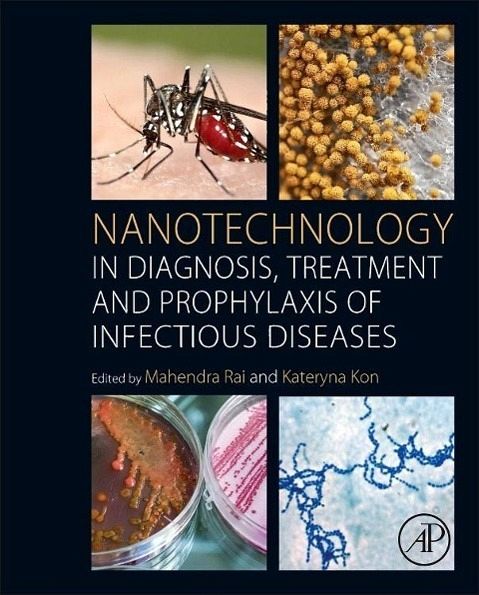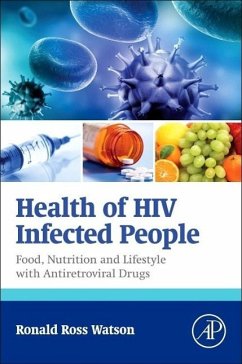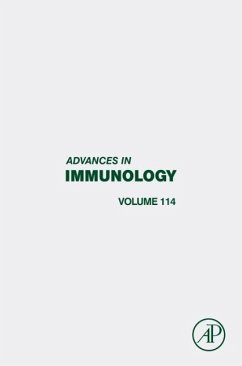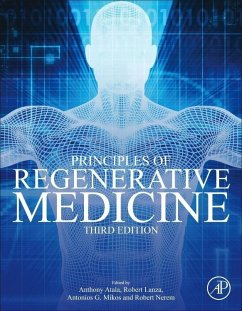
Nanotechnology in Diagnosis, Treatment and Prophylaxis of Infectious Diseases

PAYBACK Punkte
48 °P sammeln!
Nanotechnology in Diagnosis, Treatment and Prophylaxis of Infectious Diseases delivers comprehensive coverage of the application of nanotechnology to pressing problems in infectious disease.This text equips readers with cutting-edge knowledge of promising developments and future prospects in nanotechnology, paying special attention to microbes that are now resistant to conventional antibiotics, a concerning problem in modern medicine.Readers will find a thorough discussion of this new approach to infectious disease treatment, including the reasons nanotechnology presents a promising avenue for...
Nanotechnology in Diagnosis, Treatment and Prophylaxis of Infectious Diseases delivers comprehensive coverage of the application of nanotechnology to pressing problems in infectious disease.
This text equips readers with cutting-edge knowledge of promising developments and future prospects in nanotechnology, paying special attention to microbes that are now resistant to conventional antibiotics, a concerning problem in modern medicine.
Readers will find a thorough discussion of this new approach to infectious disease treatment, including the reasons nanotechnology presents a promising avenue for the diagnosis, treatment, and prophylaxis of infectious diseases.
This text equips readers with cutting-edge knowledge of promising developments and future prospects in nanotechnology, paying special attention to microbes that are now resistant to conventional antibiotics, a concerning problem in modern medicine.
Readers will find a thorough discussion of this new approach to infectious disease treatment, including the reasons nanotechnology presents a promising avenue for the diagnosis, treatment, and prophylaxis of infectious diseases.













